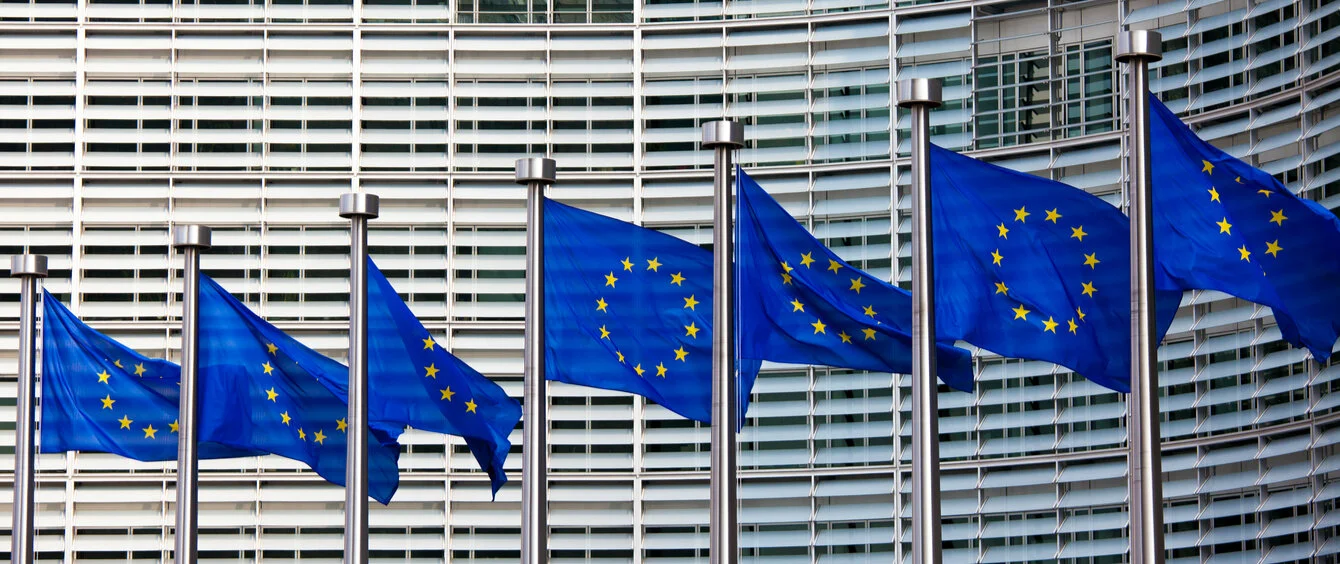After the summer recess, the first plenary session of the European Parliament is taking place this week in Brussels, marked by the first “State of the Union” speech by Commission President Ursula von der Leyen. In this speech she announced the proposal for the new medium-term emission reduction target. The EU is to reduce greenhouse gas emissions by at least 55% by 2030 compared to 1990.
Currently, the reduction target is only 40%. This announcement was preceded by a comprehensive impact assessment by the EU Commission. In order to achieve this new target, adjustments to the existing EU legislation will of course also be necessary. This should significantly accelerate the expansion of renewables. So far, however, these are only announcements by the EU Commission; concrete legislative proposals will only be made within the next year.
More than a third of the reconstruction fund is to be channelled into climate projects
Von der Leyen said she was aware that this goal was too much for some and not enough for others. But the European economy and industry could cope with this goal and they wanted to support this. She also referred to the “Next Generation EU” reconstruction fund – 37% of this money should be spent on climate projects. The reactions in the European Parliament were initially reserved. The Environment Committee had already spoken out in favour of a 60% reduction target last week, but there are also many voices in the EPP group who consider the proposed 55% target to be too ambitious for business. The upcoming negotiations between Council and Parliament therefore still promise some tension.
And what does RWE think of the proposed increase in the target?
It is clear that the EU would be setting itself an ambitious target by raising the climate protection target for 2030 to a reduction of 55%. But this is the right way forward on the road to climate neutrality in 2050. However, much more important than the commitment to the target is the choice of instruments. A discussion is needed here on how the climate protection targets can be achieved without jeopardising the competitiveness of industry. The Commission believes that the key lies in a significant acceleration of the expansion of renewables and the establishment of a European hydrogen economy. This is in line with our strategy: by 2022 we want to invest 5 billion Euro in renewables, half of it in Europe. And with more than 20 green hydrogen projects, we are helping other sectors, but above all industry, to become climate neutral. This is how the EU industry gets its “clean licence to operate”.
Photo credit: shutterrstock.com, jorisvo
